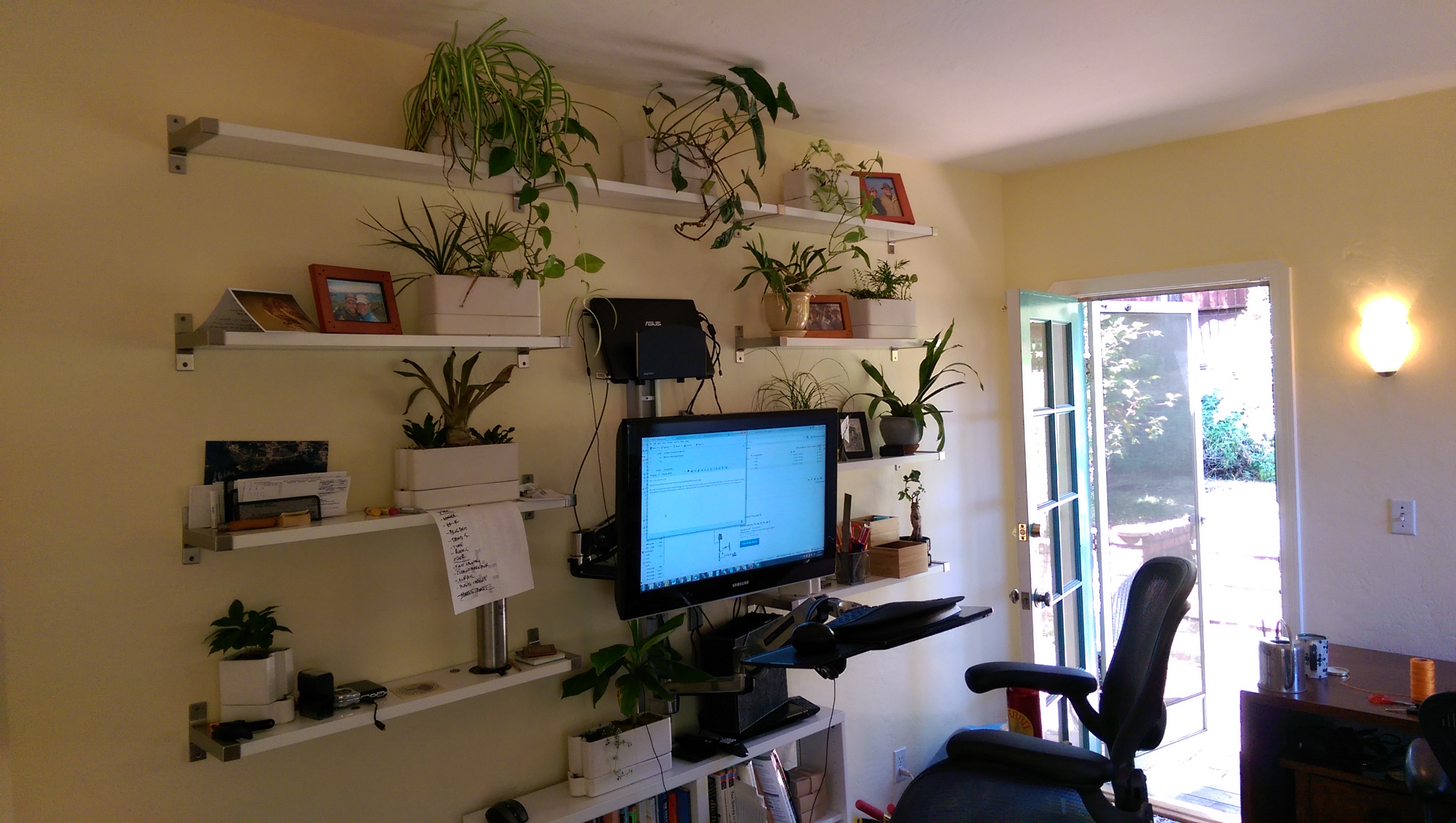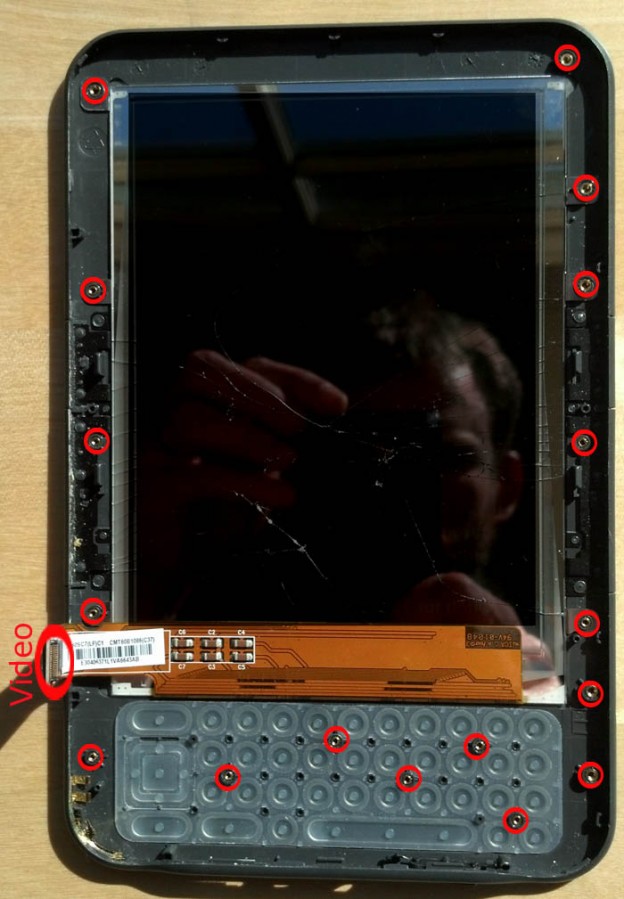Category: How To
-

Janome HD 3000 Hook Timing Fix (Won’t Pick Up Bobbin Thread)
My wife was hemming some thick, lined jeans with our Janome HD 3000 when suddenly the bottom thread stopped getting picked up. She re-threaded, changed the needle, to no avail. A few reddit posts later, it became apparent that a likely culprit was the hook timing. I did not know what a hook was a…
-
California Native Lawn Options
In our yard in Oakland California, we have a section that was a sodded lawn when we moved in, but with the drought we stopped watering it. It’s now is a mixture of Oxalis pes-caprae (invasive clover), some “normal” grass, and a few other weeds. We’d like it to be more lawn-like without using that much…
-

Standing wall desk (plus plant wall)
I work from home, and I wanted to have a standing desk. I also wanted to be able to share the room with my wife, and I didn’t really need a large desk to set lots of papers on. I just needed a keyboard, and a monitor, and maybe a place to set a few things.…
-

Swapping Kindle Keyboard (Kindle 3) Motherboards or Screen Assembly
My Kindle 3 started freezing a few minutes after I booting up. This started after I ran the battery down completely; but the battery appeared to charge fine, and swapping batteries did not fix it. Following the advice of this blog post from SiliconFish, I ordered a couple of broken-screen Kindles from ebay ($10 including…
You must be logged in to post a comment.